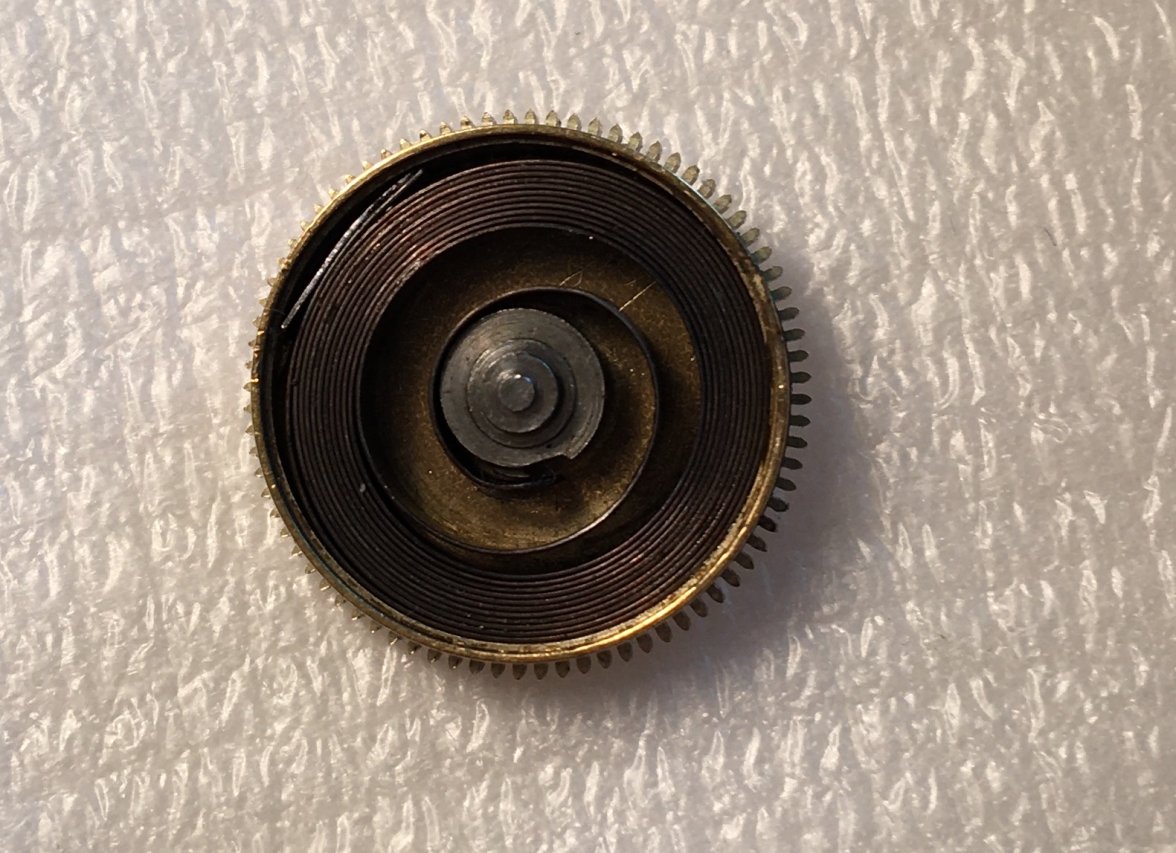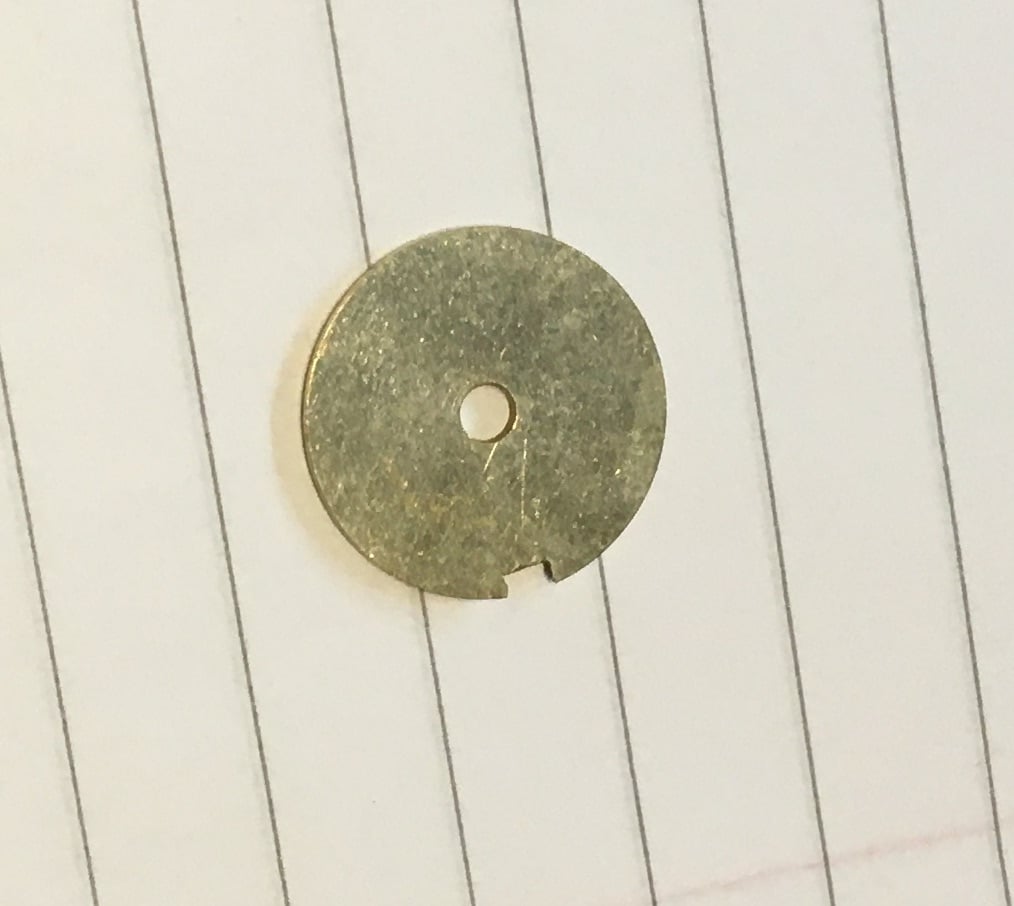- Posts
- 4
- Likes
- 0
jpmort
·Hi there, I have been given an Omega pocket watch to sort out. I am a hobbyist, and I usually service wrist watches - cleaning and lubricating. Now I am unexpectedly tackling an Omega pocket for the first time. And I do want to succeed in the challenge. The watch is of sentimental value to the person who asked me to look at it.
The serial no 4301181 dates it to 1912.
External case diameter is 47mm.
The issue is that I have this what I believe to be a 18 ligne movement, simply because the width of the movement is 40.5mm. Does this mean that I have a 40.6 cal watch, or 18"?
I have looked at the mainspring, and it certainly looks like it needs replacing. The confusion is, I am not quite sure what size to look for. I am used to having specific codes for watch movements, and this one has me stumped because I have read through several forum posts regarding this type of watch - that is in various sizes. And the mainspring type seems to be a question of trying and seeing. I am not sure if the old one is the original type.
Perhaps there are those here who could advise. The measured dimensions from the mainspring I removed seem to coincide with the ranfft description of the 18;
2.55 15.0 0.18 with a length around 440 - 450mm
The GR list links 18" to GR6774DBH 2.60 15 0.18 500
But my callipers are not accurate enough to check the difference with some of the other similar mainspring sizes.
The Couzens catalogue seems confusing...
So any help in identification of the watch and the mainspring, would be very welcome
The serial no 4301181 dates it to 1912.
External case diameter is 47mm.
The issue is that I have this what I believe to be a 18 ligne movement, simply because the width of the movement is 40.5mm. Does this mean that I have a 40.6 cal watch, or 18"?
I have looked at the mainspring, and it certainly looks like it needs replacing. The confusion is, I am not quite sure what size to look for. I am used to having specific codes for watch movements, and this one has me stumped because I have read through several forum posts regarding this type of watch - that is in various sizes. And the mainspring type seems to be a question of trying and seeing. I am not sure if the old one is the original type.
Perhaps there are those here who could advise. The measured dimensions from the mainspring I removed seem to coincide with the ranfft description of the 18;
2.55 15.0 0.18 with a length around 440 - 450mm
The GR list links 18" to GR6774DBH 2.60 15 0.18 500
But my callipers are not accurate enough to check the difference with some of the other similar mainspring sizes.
The Couzens catalogue seems confusing...
So any help in identification of the watch and the mainspring, would be very welcome
Edited:



